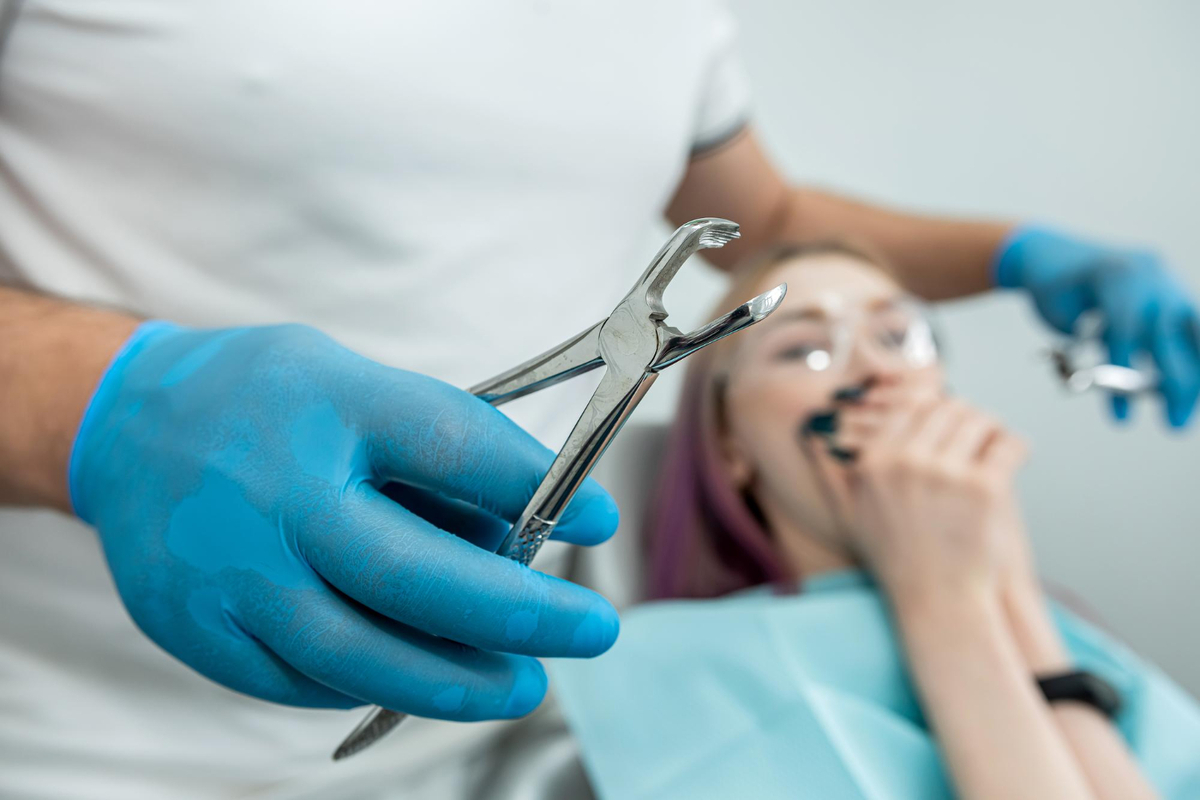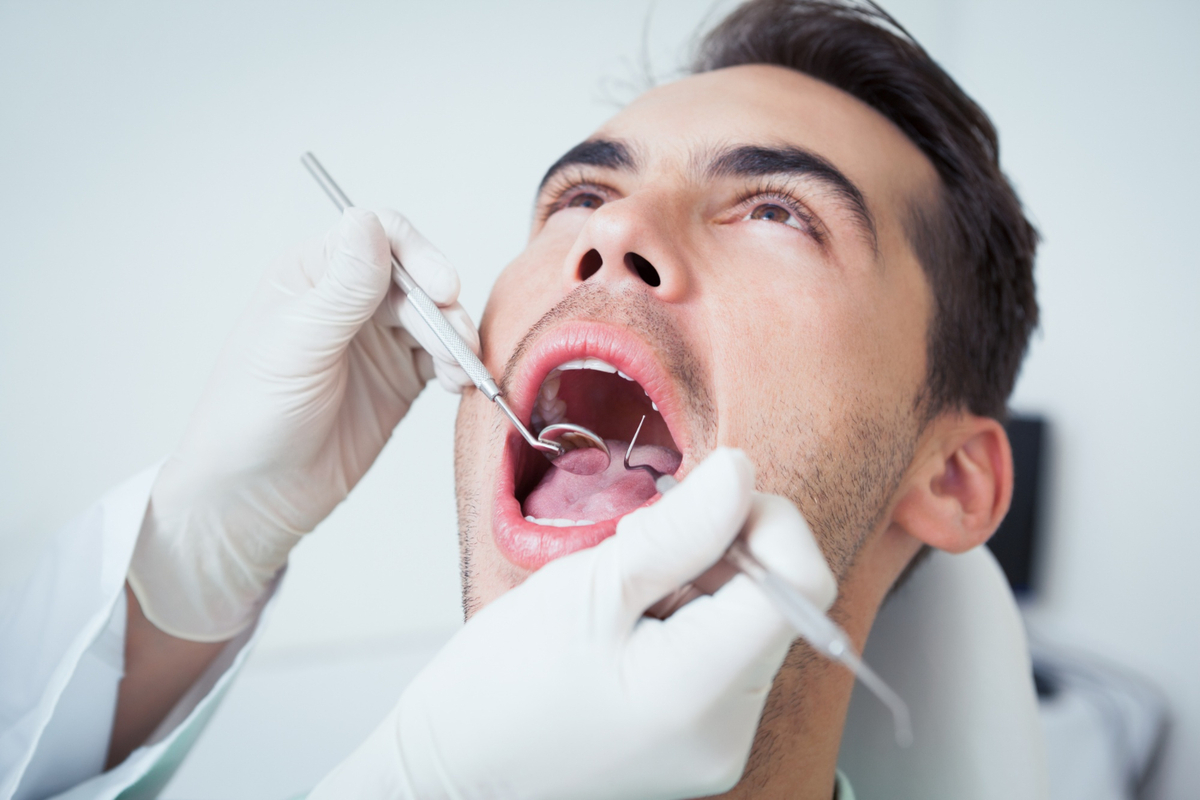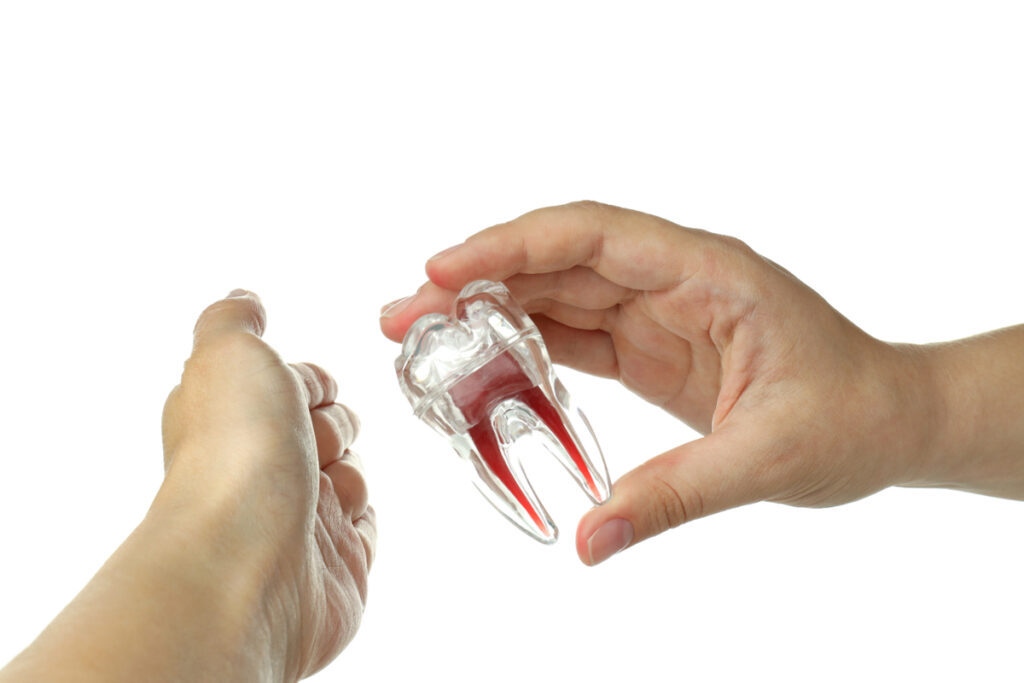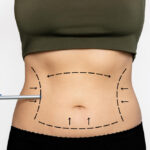Why Tooth Extractions Are Necessary
A tooth extraction is a common dental procedure performed to remove a damaged, decayed, or problematic tooth. While the idea of having a tooth removed might feel intimidating, understanding the process can alleviate anxiety and prepare you for a smooth experience. In this guide, we’ll explore what happens before, during, and after a tooth extraction to ensure you’re well-informed and confident about your care.
There are several reasons why a tooth extraction might be necessary. Severe decay, infection, or trauma to a tooth can make it irreparable. Wisdom teeth that don’t have enough space to grow properly, known as impacted wisdom teeth, often require removal. Additionally, overcrowding or preparing for orthodontic treatment can necessitate extractions.
Types of Tooth Extractions
There are two main types of tooth extractions: simple and surgical. Simple extractions are performed on visible teeth and usually require only local anesthesia. Surgical extractions, on the other hand, are more complex and may involve cutting into the gum or removing bone to extract a tooth that hasn’t fully erupted. Your dentist or oral surgeon will determine the best approach based on your specific needs.

Preparing for a Tooth Extraction
Before your tooth extraction, your dentist will conduct a thorough examination, including X-rays, to evaluate the tooth and surrounding bone structure. It’s important to share your medical history and any medications you’re taking. In some cases, antibiotics may be prescribed to prevent infection, particularly if you have a weakened immune system or a medical condition that increases infection risk.
The Tooth Extraction Procedure
During a simple tooth extraction, your dentist will administer local anesthesia to numb the area. Using specialized tools, the tooth is loosened and gently removed. Surgical extractions may require additional steps, such as creating an incision in the gum or breaking the tooth into smaller pieces for easier removal. You may feel pressure during the procedure but no pain due to the anesthesia.
What to Expect After a Tooth Extraction
After the tooth extraction, your dentist will provide instructions to ensure proper healing. You’ll likely be given gauze to bite on, helping to form a blood clot in the socket. Avoid rinsing your mouth vigorously or using straws for the first 24 hours to prevent dislodging the clot. Over-the-counter pain relievers or prescribed medication can help manage discomfort.
Managing Pain and Swelling
Pain and swelling are common after a tooth extraction, especially with surgical procedures. Applying a cold compress to the cheek can reduce swelling, and sticking to soft foods can minimize irritation. Follow your dentist’s recommendations for pain management, and avoid smoking, which can delay healing.
Signs of Complications to Watch For
While most tooth extractions heal without issues, it’s important to watch for signs of complications. Persistent bleeding, severe pain, or swelling that doesn’t improve could indicate an infection or dry socket, a condition where the blood clot dislodges prematurely. If you notice these symptoms, contact your dentist immediately for evaluation and treatment.
Tips for a Smooth Recovery
To ensure a smooth recovery after a tooth extraction, follow these tips:
Stick to soft, non-spicy foods like yogurt, mashed potatoes, and soups.
Maintain oral hygiene by gently brushing around the extraction site.
Avoid strenuous activities for a few days to allow your body to heal.
Stay hydrated, but avoid using a straw to drink.
Long-Term Oral Care After Tooth Extraction
Once you’ve recovered from a tooth extraction, it’s important to maintain good oral hygiene to prevent future dental issues. Regular brushing, flossing, and dental check-ups can help keep your mouth healthy. If the extracted tooth needs to be replaced, options like implants, bridges, or dentures can restore functionality and aesthetics.

Conclusion
A tooth extraction is a straightforward procedure that can relieve pain, prevent further dental issues, and improve overall oral health. By understanding what to expect before and after the procedure, you can approach the process with confidence. Following your dentist’s guidance and taking proper care during recovery will ensure a smooth and successful experience. If you have any concerns or complications, don’t hesitate to contact your dentist for support.
FAQs About Tooth Extractions
- Why would I need a tooth extraction?
Common reasons include severe decay, infection, trauma, or overcrowding. - Is a tooth extraction painful?
No, the procedure is performed under anesthesia, ensuring you feel no pain. - How long does it take to recover from a tooth extraction?
Recovery typically takes a few days to a week, depending on the complexity. - What can I eat after a tooth extraction?
Stick to soft foods like yogurt, mashed potatoes, and smoothies during recovery. - What is a dry socket?
A dry socket occurs when the blood clot at the extraction site dislodges, causing pain and delayed healing. - How do I prevent complications after a tooth extraction?
Follow your dentist’s instructions, avoid smoking, and practice good oral hygiene. - Can I exercise after a tooth extraction?
It’s best to avoid strenuous activities for the first few days to promote healing. - Will I need antibiotics after a tooth extraction?
In some cases, antibiotics may be prescribed to prevent infection. - What should I do if bleeding doesn’t stop?
Contact your dentist immediately if bleeding persists beyond a few hours. - How do I replace an extracted tooth?
Options include implants, bridges, or dentures, depending on your needs.












